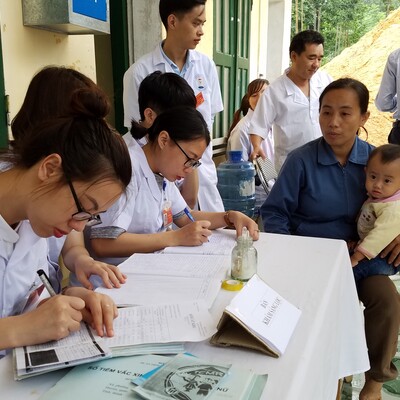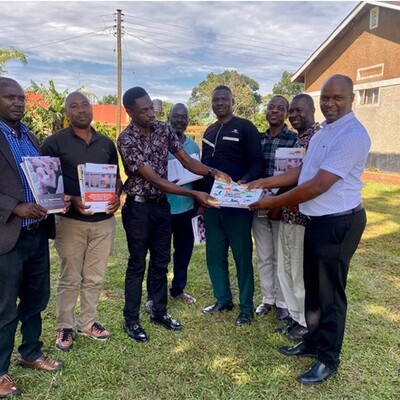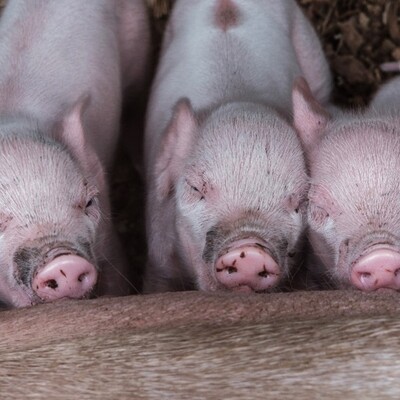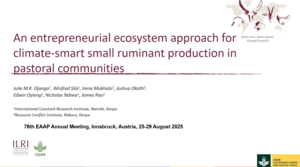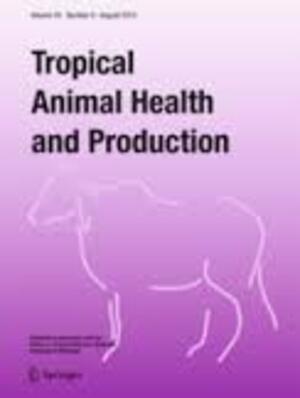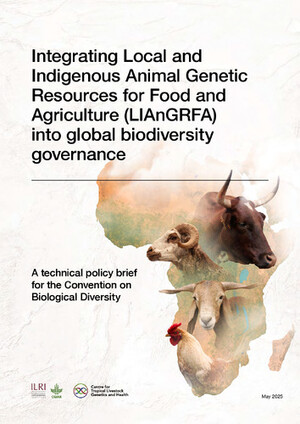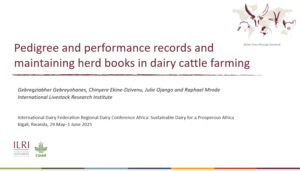
TALIRI–BecA-ILRI Hub partnership promotes Brachiaria forage research in Tanzania
The Biosciences eastern and central Africa-International Livestock Research Institute (BecA-ILRI) Hub and Tanzania Livestock Research Institute (TALIRI) have developed a close working relationship over the years through capacity building activities particularly on Brachiaria grass and goat diversity studies. This collaboration has involved training TALIRI scientists on modern biosciences through research fellowships that have adopted an end-to-end capacity building strategy. The research topics are selected based on TALIRI’s priorities to ensure research outputs can be readily translated for adoption by end users.
The BecA-ILRI Hub’s communication officer, Mwihaki Mundia had a conversation with Jonas Kizima, a pasture agronomist who is also the Principal Research Officer at TALIRI headquarters and the in-country supervisor of research fellows working on Brachiaria grass at TALIRI, Tanzania. He has a close working relationship with Sita Ghimire, principal investigator of the climate-smart Brachiaria program at BecA-ILRI Hub.
Mundia: What is the history of the collaboration between TALIRI and the BecA-ILRI Hub?
Kizima: TALIRI’s relationship with the BecA-ILRI Hub dates back 11 years when TALIRI scientists started training at the Hub on how to write proposals and communicating science.
Mundia: What are the main activities of this partnership in Tanzania?
Kizima: The two institutions have collaborated in the assembling and establishment of a national collection of Brachiaria grass ecotypes in Tanzania, their characterization for morphological and genetic diversity, and multilocation evaluations of selected ecotypes for adaptation. All these activities are implemented by TALIRI scientists working as ILRI research fellows under the supervision of a panel of experts.
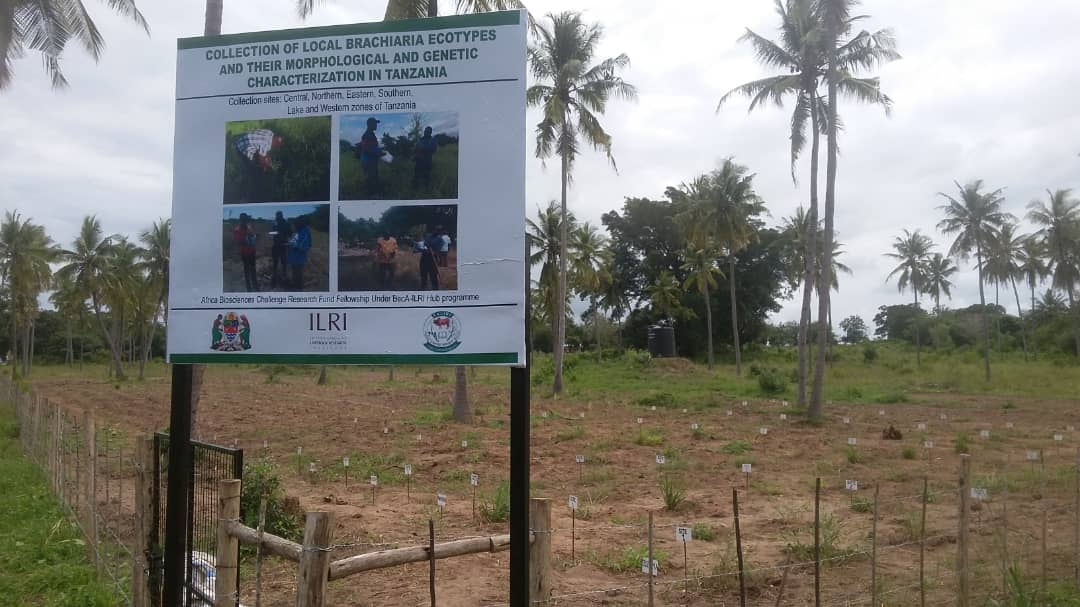
Brachiaria maintenance plot in Tanga, Tanzania
Mundia: What is your take on genetic conservation, specifically of Brachiaria grass?
Kizima: Brachiaria is a native flora of grasslands in Tanzania. The natural habitat of Brachiaria grass is, however, declining due to conversion of grasslands for both agricultural and non-agricultural uses. This made the effort of assembling ecotypes and conserving them in a field gene bank a very timely activity, any later and they could have been lost. This created an avenue for further research towards developing Brachiaria cultivars with superior forage traits and their broader adaption in diverse agro-ecologies of Tanzania.
We have successfully collected 289 Brachiaria grass ecotypes from 20 regions of mainland Tanzania. The morphological characterization of these ecotypes has shown large diversity, and those ecotypes with superior forage traits are being tested at the TALIRI centres in Dodoma, Mbeya, Mwanza and Tanga for adaption, herbage production and nutritive values. The information obtained from these trials will lead to certification and entrepreneurship opportunities, which is a valuable component that results in income generation.
Mundia: How does this research support forage development in Tanzania?
Kizima: Forage is a very important component of the livestock sector in Tanzania because it is directly linked to livestock productivity. Recently, restrictions on migration of pastoralists and farmer communities have placed pressure on the land and forage availability. The morphological and genetic diversity studies being undertaken through the BecA-ILRI Hub and TALIRI partnership are therefore very important and timely. These studies have revealed the economic value of the indigenous Brachiaria grass. The improved, and climate resilient, Brachiaria cultivars are exceptionally beneficial in the dry season when forage grass production takes a big dip. These studies will help to maintain all-year- round forage availability for livestock keepers.
Recently, the Minister of Livestock and Fisheries visited the Brachiaria experimental plots at TALIRI Mabuki. He was very impressed by BecA-ILRI Hub’s support, he noted that the Brachiaria grass plots stood out with their green, leafy appearance, despite the dry season. He expressed his wish to see Brachiaria planting material availed to Tanzanian farmers soon.
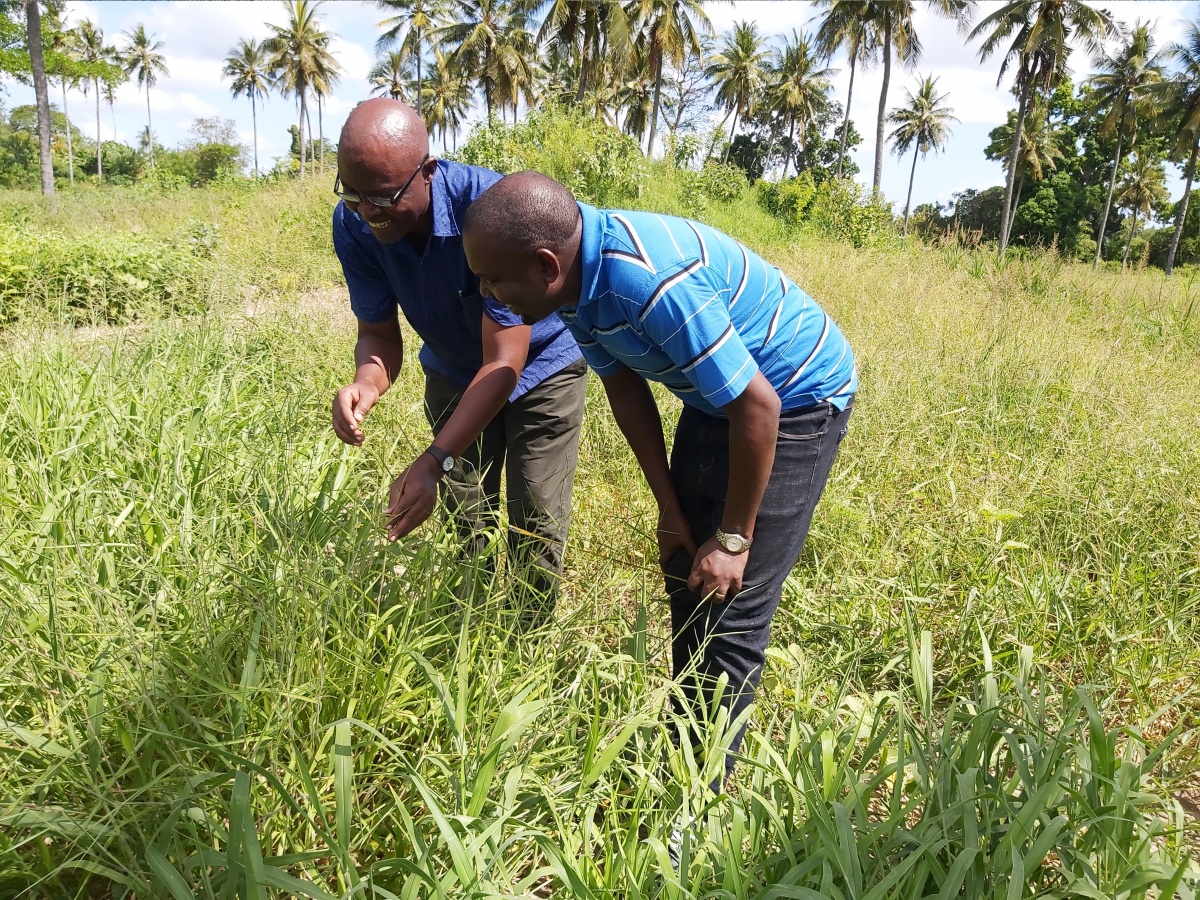
Kizima supervises an ABCF fellow researching Brachiaria from TALIRI
Mundia: What is the result of the training received by TALIRI researchers under this partnership?
Kizima: I’m very impressed with the quality of training and mentorship received at the BecA-ILRI Hub and the support received even beyond our Brachiaria studies. The fellows who have received trainings are contributing to the continuity of these studies beyond publishing research papers because the research outputs such as the Brachiaria grass genetic resources remain at TALIRI’s research stations. In addition, TALIRI scientists have developed their capacity in forage conservation, genomics, molecular biology, bioinformatics and science communication.
The capacity built through the fellowships has been very impactful because the new skills learnt were novel to TALIRI and are now passed along to other scientists within the institution. The Brachiaria studies have garnered results that are very impactful because they are creating economic value to livestock farmers through the role of Brachiaria on livestock productivity and the additional economic benefits of the grass such as hay making.
Mundia: How many TALIRI scientists have been trained at BecA-ILRI Hub?
Kizima: A total of 12 scientists from TALIRI have so far been trained under the BecA-ILRI Hub research fellowships.
Mundia: How would you like to see this partnership progress?
Kizima: We would like to see longer-term trainings opportunities that build on skills through master’s and PhD studies. We could also participate in joint resource mobilization that would support the ongoing work and create more opportunities for strengthening and developing infrastructure at TALIRI.






